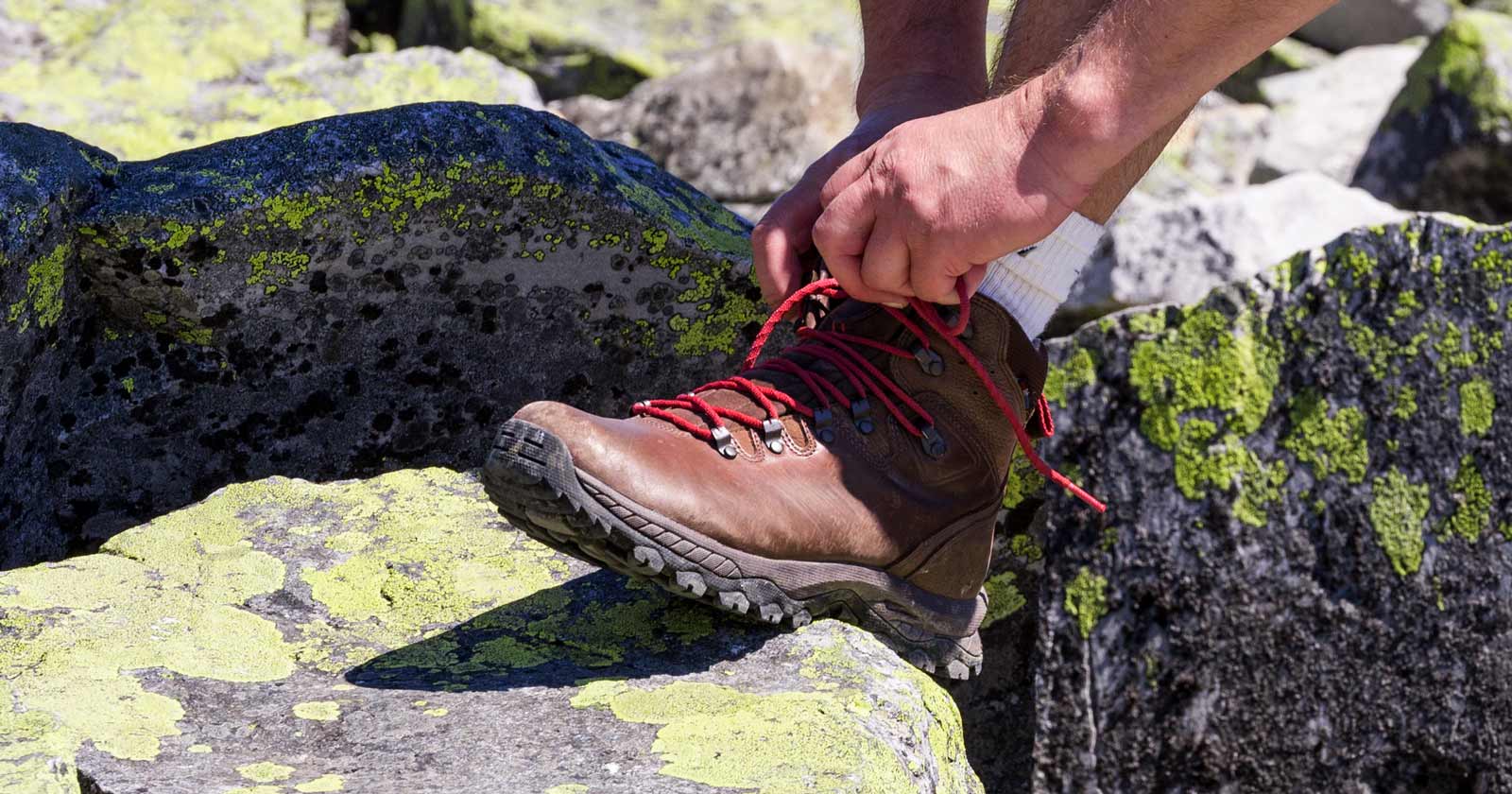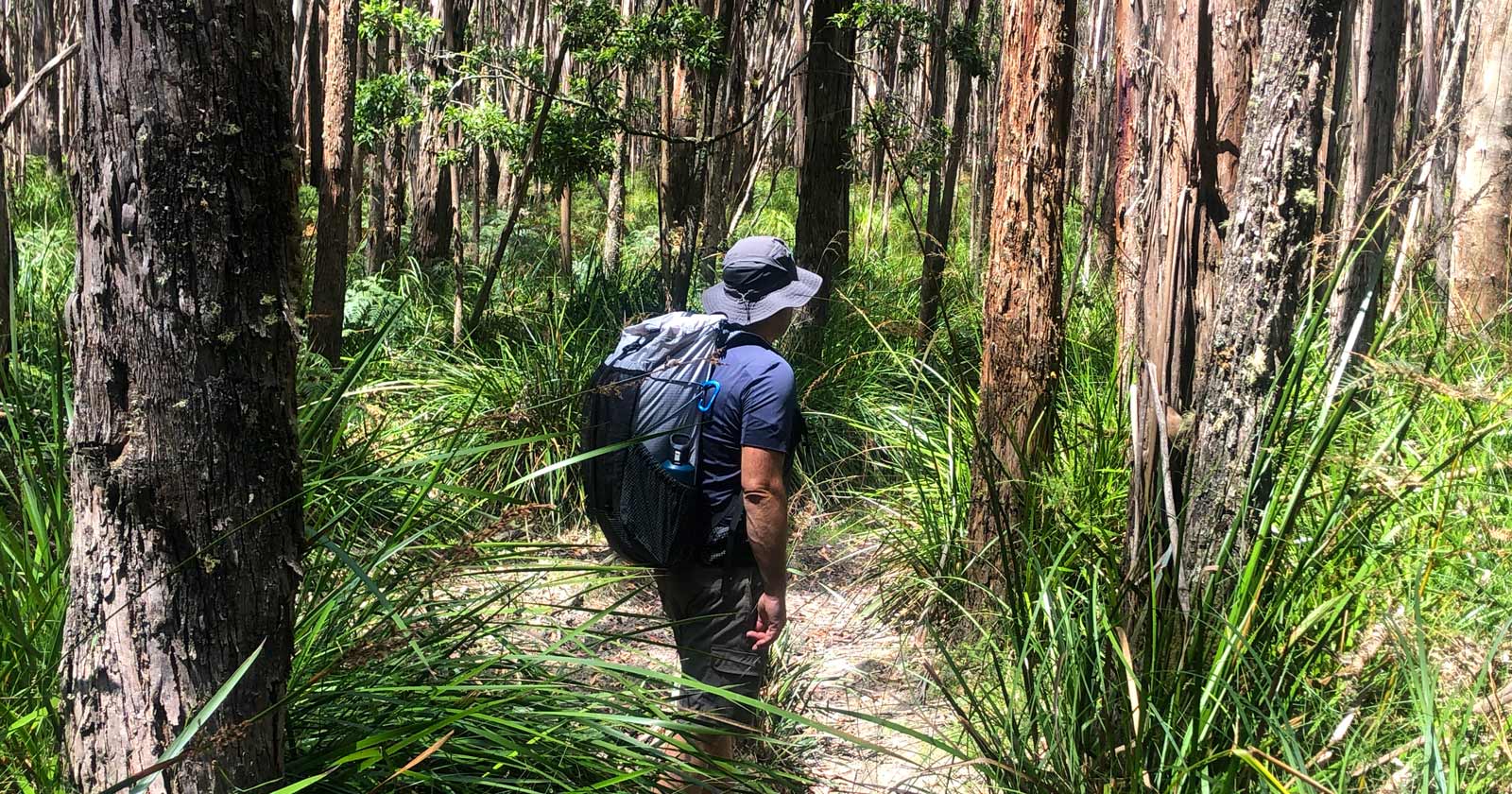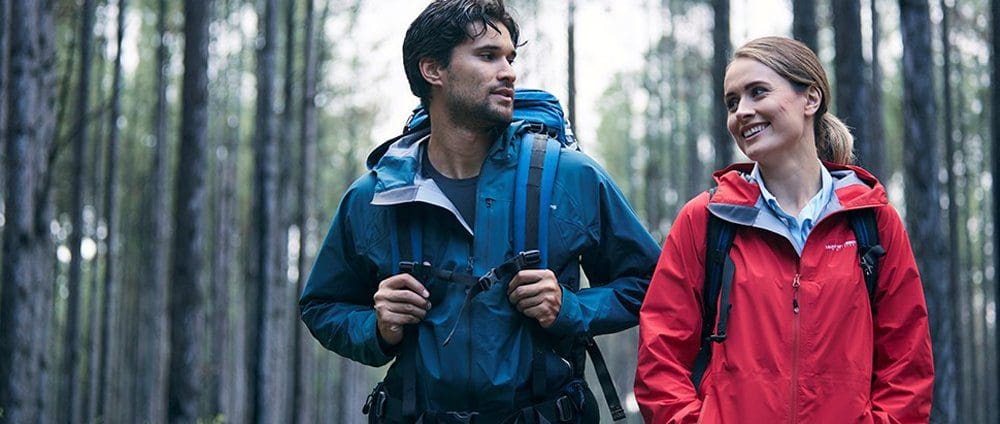Warmth, weight, and comfort
Backpacking quilts are a fantastic option for hikers who prioritise lightweight gear. Unlike traditional sleeping bags, quilts offer more freedom of movement and can potentially shave precious ounces off your pack weight. But with so many features and variations on the market, choosing the right quilt can feel overwhelming. This guide will break down the key considerations to help you find the perfect backpacking quilt for your needs.

1. What is a backpacking quilt?
At its essence, a backpacking quilt serves as an insulated blanket designed to provide warmth while minimising weight. Unlike traditional sleeping bags that envelop the sleeper entirely, quilts lie atop the user, offering freedom of movement and versatility in various sleeping positions. As you delve into the realm of backpacking quilts, several key considerations demand attention to ensure optimal comfort and performance.
2. Temperature rating
The most crucial factor is the quilt’s temperature rating. This indicates the minimum temperature at which the quilt can keep you comfortably warm (assuming you’re wearing appropriate base layers). Consider the coldest temperatures you expect to encounter on your backpacking trips and choose a quilt rated accordingly. Remember, it’s always better to err on the side of caution and get a slightly warmer quilt than you think you might need.
3. Size and fit
When selecting a quilt, prioritise width and length to accommodate your sleeping habits and physique. For ground sleepers, opt for a width of at least 54 inches to prevent constrictions during the night. Additionally, ensure the quilt’s length is adequate to cover your body fully or provide the option to tuck your face in colder conditions. Unlike sleeping bags, quilts don’t fully enclose you. To ensure warmth and comfort, you’ll want a quilt that’s wide and long enough for your body type and sleeping style.
- Width: Most backpackers need a quilt at least 54 inches wide. If you’re broad-shouldered, a side sleeper, or tend to move around a lot, opt for an even wider quilt.
- Length: The quilt should cover you comfortably from head to toe when lying flat. Some hikers prefer extra length to tuck their face in for added warmth.

4. Footbox design
Footboxes, the lower sections of quilts, come in various configurations, each offering distinct advantages. Sewn footboxes provide simplicity and enhanced insulation, ideal for colder climates. Conversely, zippered footboxes offer versatility, enabling adjustment for temperature regulation and airflow. Consider your intended usage and temperature range when choosing between these options. The footbox keeps your feet warm and draft-free.
Here are the two main options:
- Sewn Footbox: Lightweight and simple, this design is fully enclosed and best for colder temperatures.
- Zippered Footbox: Offers more versatility. You can unzip it for ventilation in warmer weather or tuck clothing inside the footbox to block drafts in colder temperatures.
5. Draft Control Features
Some quilts feature elasticised edges or adjustable shock cords to maintain tension and prevent drafts, particularly in sub-freezing temperatures. Evaluate the quilt’s edge tension mechanisms to optimise thermal efficiency and comfort based on anticipated weather conditions. Some quilts have features to minimise drafts and heat loss:
- Elasticated Edges: Provide a snugger fit and prevent drafts along the sides of the quilt.
- Adjustable Neck Closure: Allows you to cinch the top of the quilt comfortably around your neck.
- Most quilts employ pad straps to fasten securely to sleeping pads, preventing drafts and ensuring a snug fit throughout the night.

6. Pad straps
Since quilts lack backs, they typically use straps or clips to connect to your sleeping pad. This keeps the quilt secure and prevents drafts. Look for a system that’s easy to use and adjustable for different sleeping pad sizes. Familiarise yourself with different strap systems, such as flat elastic webbing or elastic cord with toggles, to determine which best suits your preferences and sleeping style. Some quilts have the pad strap connection points on the edge of the quilt. Look for quilts that have fasteners secured part way up the body of the quilt, this allows you to tuck any excess underneath your body.
7. Hood consideration
Unlike traditional sleeping bags, quilts lack built-in hoods, necessitating alternative solutions for head insulation. Explore options like detachable hoods or standalone head coverings to supplement your quilt and ensure warmth during chilly nights. Balance the added weight of hood attachments with the convenience and comfort they offer. Quilts typically don’t have hoods, but some brands offer them as add-ons. These can add weight but provide extra warmth for your head. Many backpackers choose to use a warm hat or beanie instead.
Making your choice
When searching for the perfect backpacking quilt, prioritise your specific needs and preferences. Consider factors such as anticipated weather conditions, sleeping habits, and personal comfort preferences to narrow down your options effectively. Experimentation and adaptation may be necessary to fine-tune your sleeping system and optimise your outdoor experiences. By considering these factors, you can narrow down your choices and find a backpacking quilt that balances warmth, weight, and comfort for your specific needs. Remember, comfort is key – research online reviews and, if possible, try out different quilts before making your final decision. With the right quilt, you’ll be ready to hit the trail and enjoy a restful night’s sleep under the stars.
Choosing the ideal backpacking or hiking quilt requires careful consideration of various factors, ranging from dimensions and footbox designs to pad straps and hood attachments. By understanding the intricacies of quilt features and aligning them with your individual requirements, you can embark on your outdoor adventures confidently and comfortably. May your journey be filled with warmth, comfort, and the serenity of starlit nights beneath the open sky.





